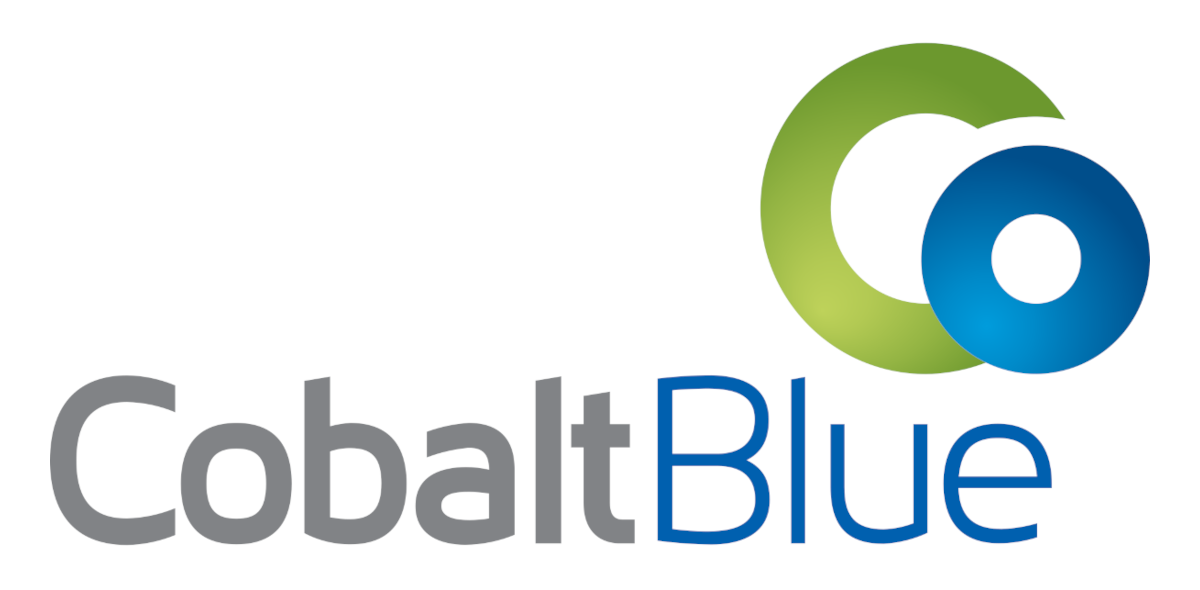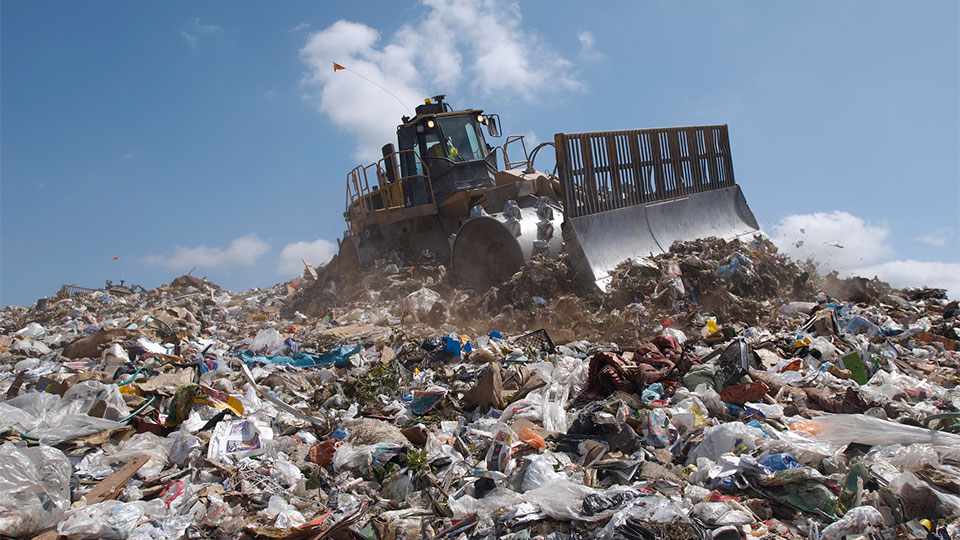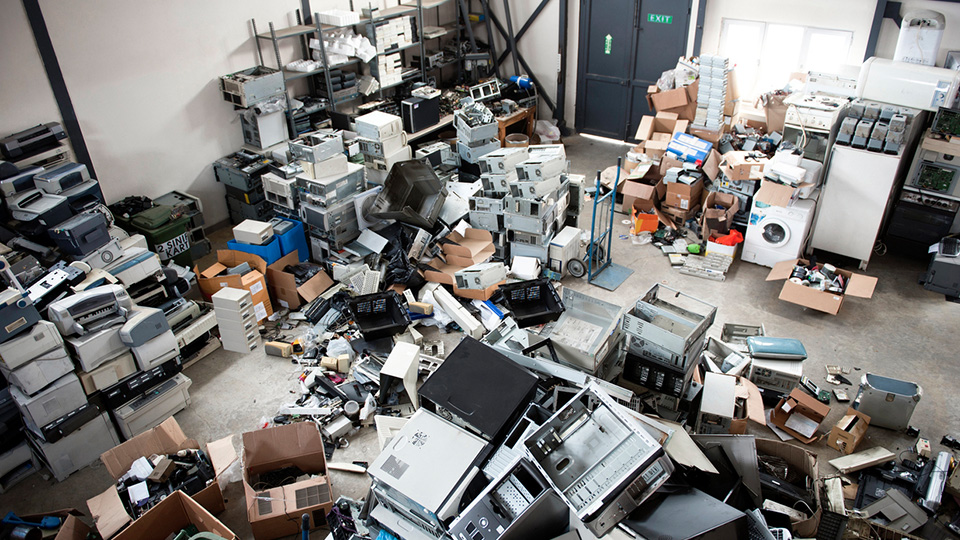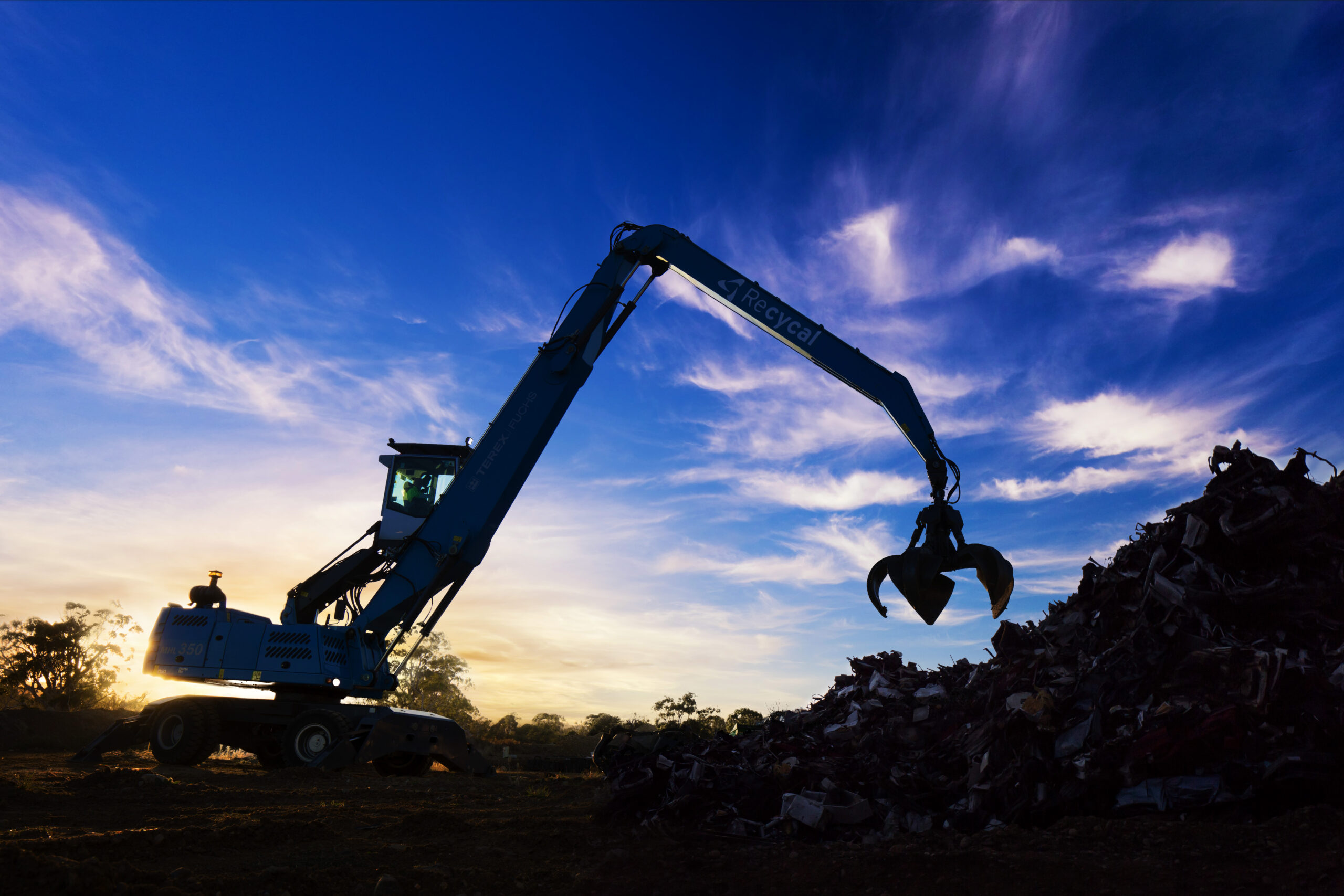Across three chilling episodes of the ABC series War On Waste, Craig Reucassel lifted the lid on several of Australia’s dirty little secrets.
Sorry, make that dirty BIG secrets, because the amount of stuff we throw away every day is nothing less than shocking.
War On Waste focused on high volume wastes including food, clothing, disposal coffee cups and plastics, particularly the all-pervasive plastic bag.
But among the astounding statistics (Australians throw away $8 billion worth of edible food each year!) there were also practical strategies for slashing waste.
Proving that this series gained real traction with its audience, reusable coffee cup maker KeepCup saw its sales jump 400% after the program was aired.
Naturally, everyone at Ecocycle loved the show.
We hope that this first series wasn’t a one-off, and that Reucassel will return to scale many more mountains of waste.
In fact, we’d love to see some other forms of waste tackled on the show. They aren’t necessarily the biggest mountains but, due to their often hazardous nature and the availability of effective recycling solutions, they are worthy of having the spotlight of national television turned upon them.
Here are three household products we’d love to see tackled on ABC’s War On Waste:
1. Batteries
Australia gets through hundreds of millions of hand-held batteries, mostly single use types, each year. And what’s worse, less than 5% get recycled; the rest get dumped in landfill.
Batteries vary in their composition, variously containing carbon, zinc, nickel and silver and, in some cases, the toxic metals cadmium and mercury.
Many of these components can be recovered for reuse, and at least one major battery manufacturer is using recycled batteries to make new batteries.
2. Lighting
While pretty much all types of lighting can be recycled, it’s particularly important to make sure that fluorescent tubes and compact fluorescent lamps are recycled. That’s because they contain mercury, a major health hazard.
That mercury, along with the glass, metal and even the phosphor powder inside fluorescent lighting can be safely recycled.
But just like batteries, only a small fraction of lighting waste is recycled. Most goes to landfill.
3. E-Waste
Electronic waste is a huge and diverse category that broadly covers anything that is powered by either batteries or mains power.
Household e-waste includes TVs, computers, phones, tablets, printers, whitegoods, etc.
Aside from containing useful, recoverable materials ranging from plastic to steel and gold, e-waste can also contain poisonous metals including lead and mercury.
Tackling waste together
At Ecocycle, we’re helping a number of individuals and companies to safely and responsibly recycle batteries, lighting and e-waste.
So how about it, ABC? We’d love to help you show Australia how recycling can be about so much more than plastic, clothing and coffee cups.
As important as they are, there are lots of other recyclables that people really need to know about.
*War on Waste is available on ABC iview until 18 January 2018





